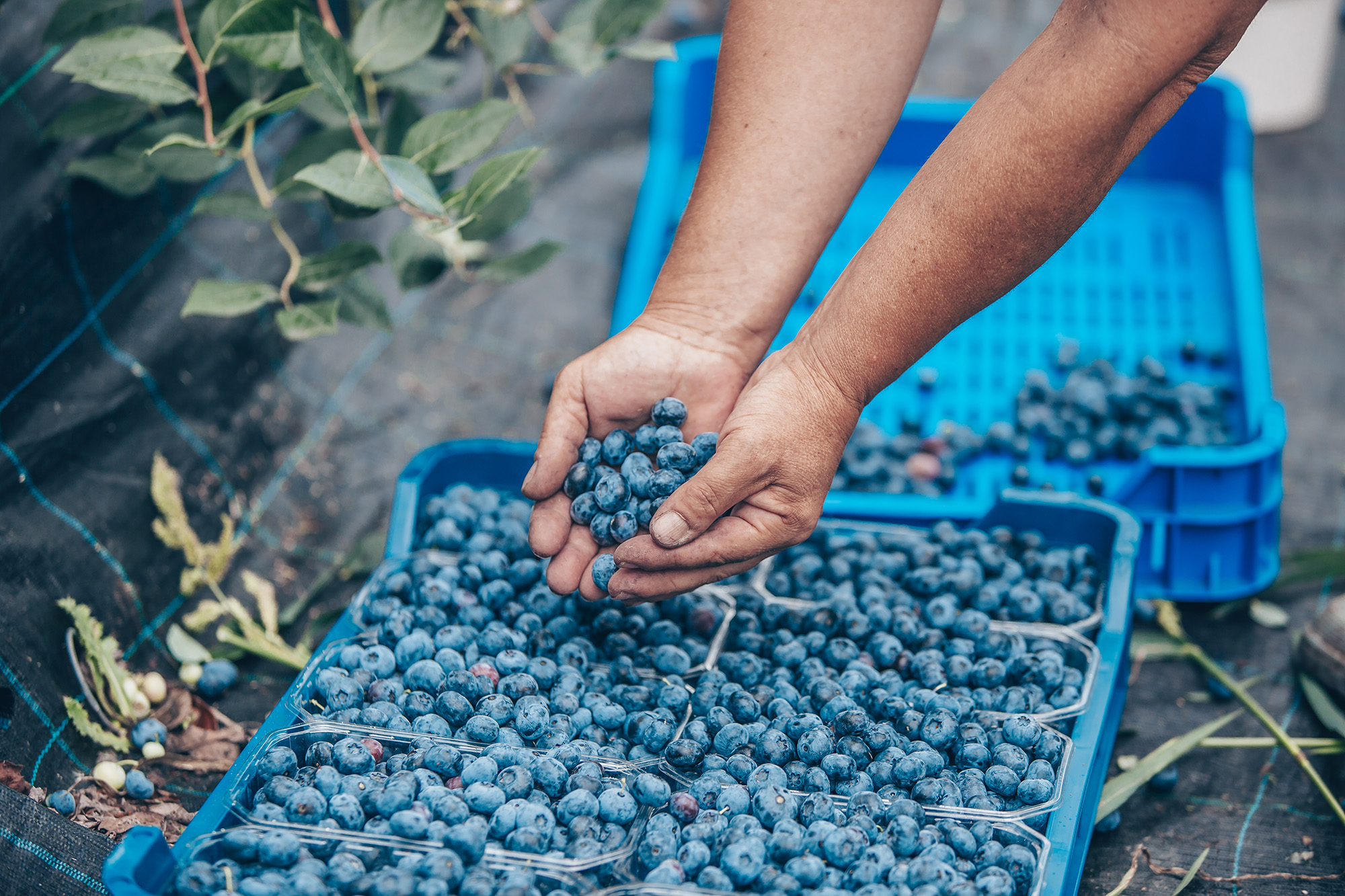Sichuan Blueberries Flood Chinese Market, Prices Hit Record Low
Sichuan is one of China’s main blueberry-producing regions, and each year from May to June the province’s blueberries flood the market in substantial quantities. This year, however, the prices of Sichuan blueberries have plummeted to a historic low, influenced by a multitude of factors. Despite this overall trend, there exists significant variation in blueberry prices across different varieties.
The Chang’an Agricultural Wholesale Market in the city of Xichang in southern Sichuan is currently inundated with blueberries. Most varieties are retailing for approximately 20–40 Chinese yuan ($2.76–5.51) per kilogram, while select types are fetching prices of 60–80 yuan ($8.27–11.03) per kilogram. A blueberry farmer in Xichang recounted how, just a few years ago, she cultivated 60 mu (9.88 acres) of blueberries with the best fruit commanding prices of 400–600 yuan ($55.13–82.69) per kilogram. However, this year the highest prices are hovering around 160–180 yuan ($22.05–24.81) per kilogram, with the least expensive fruit selling for just 16–18 yuan ($2.21–2.48) per kilogram. The farmer lamented how blueberries, once so valuable they were sold by the gram, are now being sold by the jin (500 grams) like other fruits in China. This dramatic plunge in prices means that blueberries are now worth a mere fraction, sometimes as little as one-tenth, of their previous value.
The blueberry cultivation area in Sichuan has expanded outward from the Chengdu Plain to encompass surrounding counties and districts. This substantial increase in planting area is a key factor underlying this season’s steep drop in blueberry prices. Over the past six years, the blueberry cultivation area in Sichuan has ballooned from approximately 60,000 mu (9,884 acres) to 120,000 mu (19,768 acres). This trend extends beyond Sichuan, with the number of provinces engaged in blueberry cultivation having increased from 10 to 27 by the end of 2022, the total cultivation area expanding to 1.1 million mu (181,211 acres) and the annual output reaching 525,000 metric tons.
As the main domestic producer of high-quality blueberries, Yunnan’s blueberry prices have a strong influence on overall market performance. Each May, as Sichuan floods the market with a large blueberry harvest, Yunnan’s principal production region enters its late season. Late-season blueberries typically exhibit smaller sizes, reduced quality and lower prices, exerting a significant impact on the market and driving down prices for blueberries sourced from Sichuan and elsewhere. Moreover, this year’s peculiar weather patterns have further exacerbated the decline in Sichuan blueberry prices. Since May, Sichuan has experienced persistently high temperatures, hastening the maturation of blueberries and aggravating the oversupply issue. Moreover, this rapid maturation process compromises the fruit’s sweetness, thereby further driving down prices.
On the other hand, variety remains the key determinant of blueberry quality and prices. Despite the dramatic surge in blueberry production across China, premium blueberry varieties continue to command high prices. For instance, the novel Eureka variety maintains a market value of 120–160 yuan ($16.54–22.05) per kilogram in China, while domestically cultivated varieties like Jewel blueberries typically retail for approximately 60 yuan ($8.27) per kilogram.
16.06.2024
Source: ProduceReport.com





